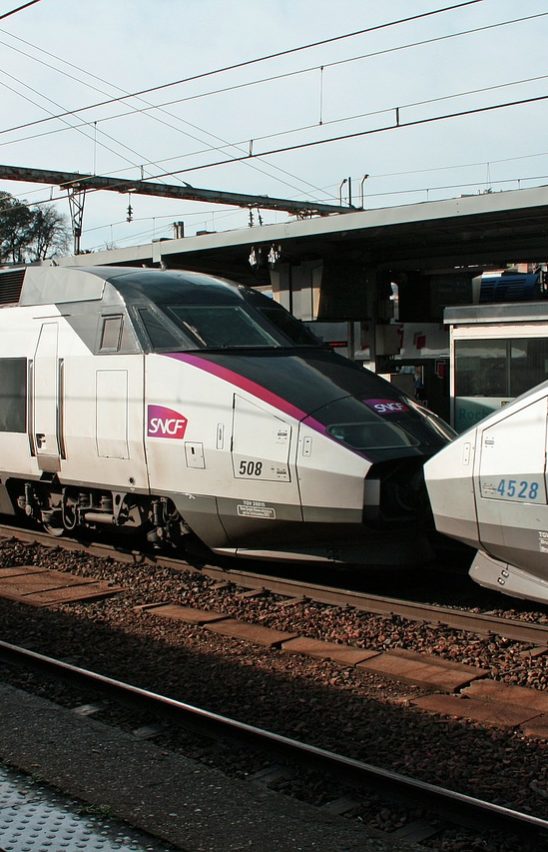
SNCF presents its apologies
The SNCF broadcasted a 30-second TV ad at half-time of the Ecuador-France match on Wednesday to “apologize for the inconvenience caused” by the strikes which lasted for ten days in June. “That’s enough! These are your words. These last days have been complicated for you, we know that,” the viewer could read on a scrolling text with, in the background, agents dressed in “red waistcoats” in action, informing and supporting users.
By addressing the 14 million television viewers eager to see the match, the transport company wanted to assure as many people as possible that the management had done “everything possible” to help users.
It has to be said that this initiative did not have the expected effects, raising a wave of mockery on Twitter: around 300 to 400 tweets on 26 and 17 June – counted with our “Mention” monitoring tool – of which 80% were negative, according to our estimates. It especially triggered the ire of trade unions and left-wing parties. In a press release, the PCF (French Communist Party) criticized an outrageous ad that depicts travelers as “near-martyrs, who are given bottles of water, in a staging worthy of a humanitarian relief operation”. The SUD-Rail union sees it as “SNCF propaganda”.
Admittedly, the ad was probably clumsy after the recent confrontation between unions and management, and its tone was marked with forced compassion, as some Internet users have judged.
But beyond these questions, from a communication standpoint, should a company apologize in this way?
Probably. First of all, because apologizing when one has caused an inconvenience remains an elementary courtesy. And modern communication must be civic-minded.
However, there are a few rules to follow. The SNCF ad raises an uneasiness: the company seems to distance itself from the crisis and poses as the victim of the incident. At the risk of forgetting its responsibilities and further exasperating the people affected, it seems to hide behind excuses to get out of an embarrassing situation, instead of showing that it is mobilized.
The choice of massive broadcasting on a channel at prime time also raises questions, especially in the case of the SNCF, which thus seems to take the whole French population as witnesses against a minority of strikers, pointing the finger (at great expense) at individuals disrupting the smooth running of the company.
Perhaps it would have been better to stick to a sober apology message, in a neutral tone, specifically targeting users on the company’s website or social networks, as the SNCF subsequently did by posting the famous spot on its YouTube account. Restricting its communication to customers who are victims of an inconvenience limits the scope of a negative backlash. Blackberry CEO Mike Lazaridis understood this when he posted a video on YouTube apologizing for the inconvenience caused by the massive disruption that affected phone users in 2011.
Similarly, an open letter in the media or a letter of apology addressed to subscribers or customers – the choice of Apple CEO Tim Cook to apologize for the malfunctioning of the Maps application – have the virtue of personalizing the message and therefore make it more effective, and, by its more confidential nature, of giving less audience to opponents.
Lastly, the media can be used to increase transparency. This is how Toyota, confronted in 2010 with major technical failures that led to more than 8 million car recalls, soberly formulated a public apology at a press conference, which was then relayed by the media, using their words and angles.
In a crisis, an apology can be a good idea. But it has to be done wisely.
